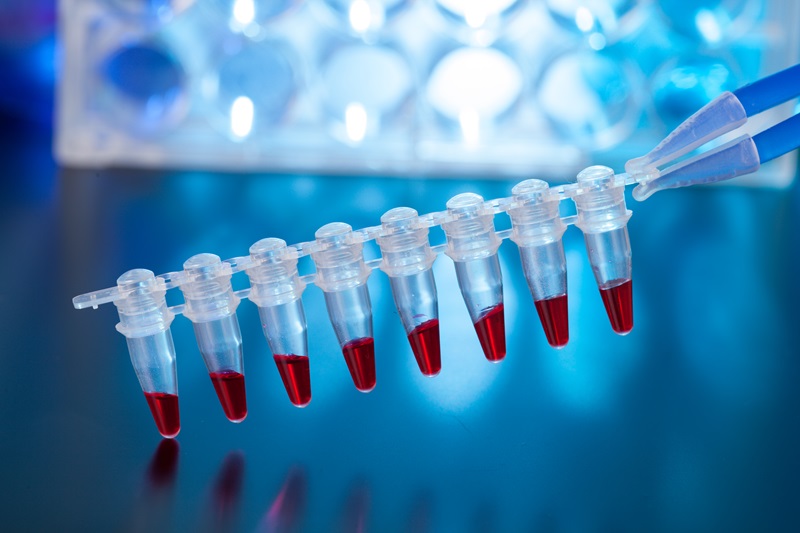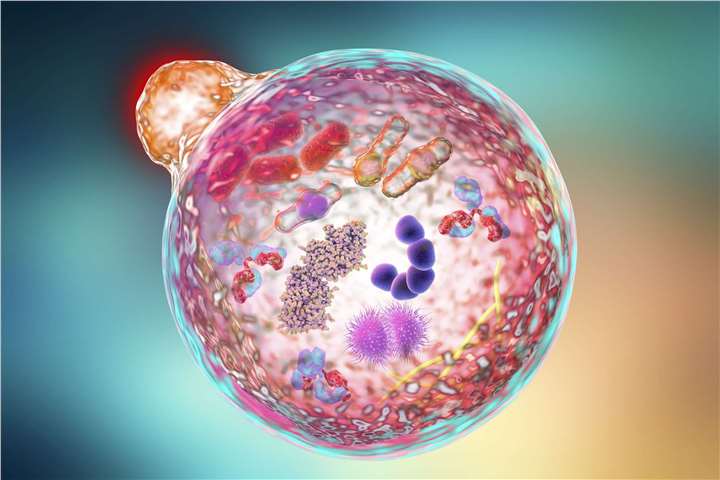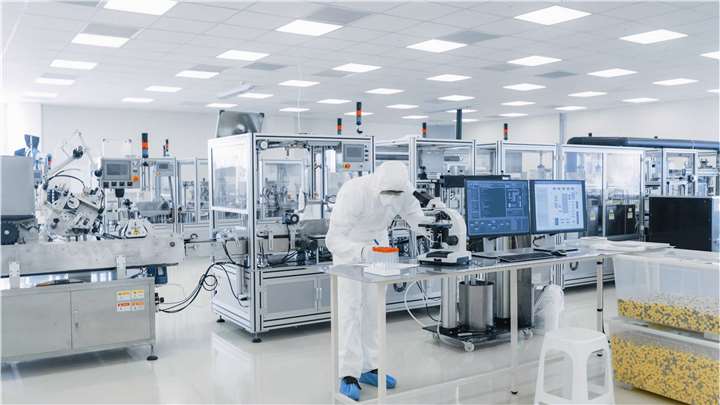At CD BioSciences, we have built a comprehensive suite of Human Herpesvirus (HHV)-centric technology platforms that underpin our research services and custom solutions. Designed for the unique challenges of HHV biology—including latency, immune evasion, and host specificity—our platforms empower clients to move from hypothesis to preclinical validation efficiently. By integrating advanced virology, molecular engineering, and translational science capabilities, we serve pharmaceutical companies, biotech innovators, and academic groups across North America and Europe.
Our technology infrastructure spans six core platforms:
- Virus Isolation & Culture Platform
- Viral Engineering Platform
- Infection Modeling Platform
- Cell Line Development & Screening Platform
- High-Throughput Screening Platform
- Animal Model Platform
Together, these platforms enable a vertically integrated workflow for HHV-related drug discovery, vaccine development, diagnostics evaluation, and mechanistic studies—anchored in scientific rigor and translational relevance.
Virus Isolation & Culture Platform
Human herpesviruses are notoriously difficult to isolate and maintain due to their complex replication cycles and cell-type specific tropism. Our Virus Isolation & Culture Platform provides:
- Isolation of clinical and laboratory HHV strains (including HSV-1/2, VZV, EBV, CMV, HHV-6/7/8)
- Optimization of culture conditions for lytic and latent phases
- Latent infection models in primary and immortalized cell types
- Customized virus stock preparation under stringent quality control
We employ primary cells, fibroblasts, epithelial cells, B/T cells, and neuronal lineages depending on the viral subtype. Our platform enables high-fidelity propagation while preserving native phenotypic features—essential for downstream applications like antiviral screening or immunogenicity assays.


Viral Engineering Platform
Our Viral Engineering Platform specializes in the generation of modified HHVs for therapeutic and research purposes. Capabilities include:
- CRISPR/Cas9-based viral genome editing
- BAC (bacterial artificial chromosome)-based herpesvirus manipulation
- Construction of reporter viruses (e.g., GFP-, RFP-, or luciferase-tagged)
- Conditional gene deletion systems (Cre-LoxP, Tet-on/off)
- Site-specific recombination and epitope tagging
These tools allow for precise manipulation of viral genes to study their roles in pathogenesis, latency, or immune modulation. They are also used to generate vectors for gene delivery, vaccine candidates, or oncolytic virotherapy research.
Infection Modeling Platform
Our Infection Modeling Platform bridges in vitro and in vivo systems to study HHV-host interactions and disease mechanisms. Key offerings:
- In vitro acute and latent infection models
- Reactivation assays triggered by stress, cytokines, or pharmacological agents
- 3D organotypic culture models (skin, mucosa, brain)
- Co-culture systems (e.g., infected cells with immune cells)
This platform is essential for exploring viral entry, tropism, immune evasion, and latency establishment. Models are tailored to specific research needs—whether studying neurotropism in HSV or B cell latency in EBV.


Cell Line Development & Screening Platform
We offer specialized services for cell line generation and functional validation. This platform supports:
- Development of virus-permissive and virus-restrictive stable cell lines
- Integration of reporter genes for live infection tracking
- Immortalization of patient-derived or rare cell types
- Screening of clones for stable expression, high yield, or viral responsiveness
All cell lines are validated via sequencing, expression profiling, and functional infection assays. This ensures reproducibility and suitability for high-throughput or mechanistic studies.
High-Throughput Screening (HTS) Platform
Our HTS Platform enables rapid evaluation of antiviral compounds, immune modulators, and vaccine candidates. Features include:
- Automated compound screening using multi-well infection assays
- EC50/IC50 determination for anti-HHV agents
- High-content imaging of viral replication and cytopathic effect
- Multiplexed cytokine/chemokine release assays
- Screening of genetic perturbation libraries (siRNA, CRISPR)
Assays are designed in BSL-2 or BSL-3 settings depending on viral risk and tailored to specific HHV strains or phenotypes. Clients benefit from validated protocols, scalable throughput, and expert interpretation.


Animal Model Platform
In vivo validation remains essential for HHV-targeted therapies due to the virus's systemic effects and immune interplay. Our Animal Model Platform supports:
- Humanized mouse models for EBV, CMV, and KSHV
- Rodent models for HSV-1/2 latency and reactivation
- Xenograft tumor models (e.g., PEL, EBV-associated lymphoma)
- Immunization and viral challenge studies
- Viral biodistribution and shedding assessments
We work with immunocompetent and immunodeficient strains, providing complete study design, execution, and analysis—under IACUC-compliant protocols and GLP/non-GLP conditions.
Why Choose CD BioSciences?
- HHV-Specialized Expertise: Our team includes virologists, molecular biologists, and immunologists with deep knowledge of herpesvirus biology and therapeutic innovation.
- End-to-End Solutions: From virus isolation to in vivo validation, we provide seamless workflows to accelerate your R&D.
- Customization and Flexibility: Each project is tailored to client needs, from early discovery to IND-enabling studies.
- Regulatory Readiness: We generate high-quality, publication-grade data suitable for regulatory submissions and IP filings.
- Commitment to Scientific Integrity: Our platforms are backed by validated methodologies, rigorous QA/QC, and adherence to ethical research standards.
References
- Whitley RJ, et al. Herpes Simplex Viruses. Clin Infect Dis. 2001;33(6):777-782.
- Mocarski ES, et al. Cytomegaloviruses and Their Replication. Fields Virology. 6th Ed. 2013.
- Damania B, Cesarman E. Kaposi's Sarcoma-Associated Herpesvirus. In: Human Herpesviruses: Biology, Therapy, and Immunoprophylaxis. Cambridge University Press; 2007.
- Fowler KB, Boppana SB. Congenital cytomegalovirus infection. Semin Perinatol. 2018;42(3):149–154.
- Dreyfus DH. Latency-associated herpesvirus gene expression and reactivation. Adv Appl Microbiol. 2020;110:79-113.